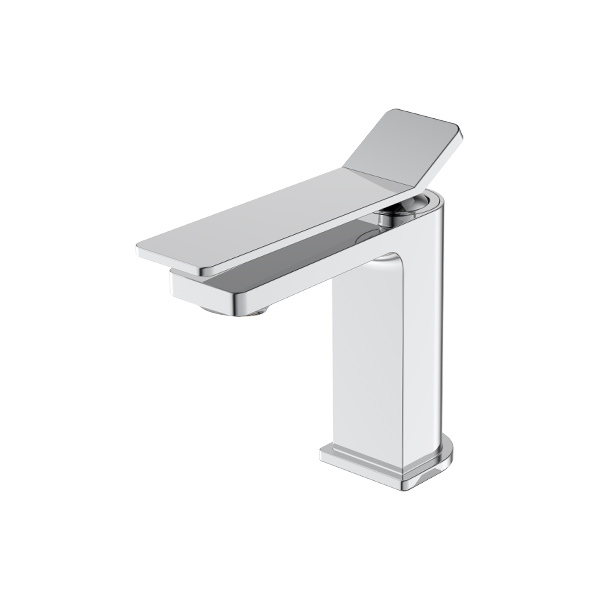A single lever bath mixer tap is a popular fixture in many modern bathrooms. Known for its streamlined design and ease of use, it allows users to adjust both the water temperature and flow with a single lever. As the demand for functionality, style, and space efficiency continues to grow, understanding the dimensions of a single lever bath mixer tap is essential for choosing the right model for your bathroom.

Single lever taps are particularly advantageous in terms of usability, as the user does not have to manage separate hot and cold taps. The design is typically sleek, minimalist, and easy to operate with a single hand, making it ideal for a wide range of bathroom styles, from traditional to contemporary.
The installation of a single lever bath mixer tap requires consideration of several dimensions to ensure proper fit, functionality, and comfort. Below are some of the critical dimensional factors to keep in mind.
The overall height of the single lever bath mixer tap refers to the vertical measurement from the base of the faucet to the point of the lever or spout. The height can vary depending on the design of the tap, but generally, single lever bath mixer taps range between 100mm to 200mm in height.
Standard Height: A standard height for bath mixer taps falls within 150mm to 180mm.
High-Arc Design: Some models feature a higher arc, providing more clearance for washing or rinsing. These taps may have a height range of 200mm to 250mm.
Choosing the right height depends on your preference and the space around the bath. A higher arc can be more practical for deep bathtubs or for those who prefer additional space to rinse or wash comfortably.
The spout reach, also known as the projection, is the distance from the faucet base to the tip of the spout. It typically varies between 120mm and 200mm. The projection of the spout determines how far the water will reach into the bathtub, which affects how convenient the tap is for filling the tub or shower.
Shorter Projection (120mm–150mm): Ideal for smaller bathtubs or where space is limited. This allows for a compact design without compromising functionality.
Longer Projection (150mm–200mm): Suitable for larger bathtubs, as it provides ample space for water to flow directly into the center of the tub.
When selecting the right projection, it's important to consider the size of the bathtub and the distance between the tap and the edge of the tub. The goal is to ensure that water flows efficiently into the bath without splashing.
The lever length is another essential dimension to consider. It refers to the length of the control lever that adjusts the water temperature and flow. The lever is typically between 80mm and 150mm in length, depending on the tap's design and functionality.
Short Lever (80mm–100mm): Offers a more compact look and is commonly found in minimalist or space-saving designs.
Long Lever (120mm–150mm): Provides more room for adjusting temperature and flow, and it's often used in more traditional or contemporary designs.
The lever length should be chosen based on the ease of use. A longer lever allows for more precise adjustments, which may be necessary in homes with varying water pressure or where more control is needed.
The base diameter refers to the size of the base that connects the tap to the sink or bathtub. It is typically between 35mm and 50mm, although variations exist depending on the tap model.
Standard Base (35mm–45mm): Many bath mixers fall into this range, providing a secure fit without taking up excessive space.
Wide Base (45mm–50mm): Some models have a wider base to ensure stability, especially in larger installations.
The base diameter is essential for ensuring the mixer tap fits securely into the installation surface. It should be matched to the hole size in the bathtub or sink to avoid leaks and ensure proper installation.

 English
English Español
Español русский
русский

